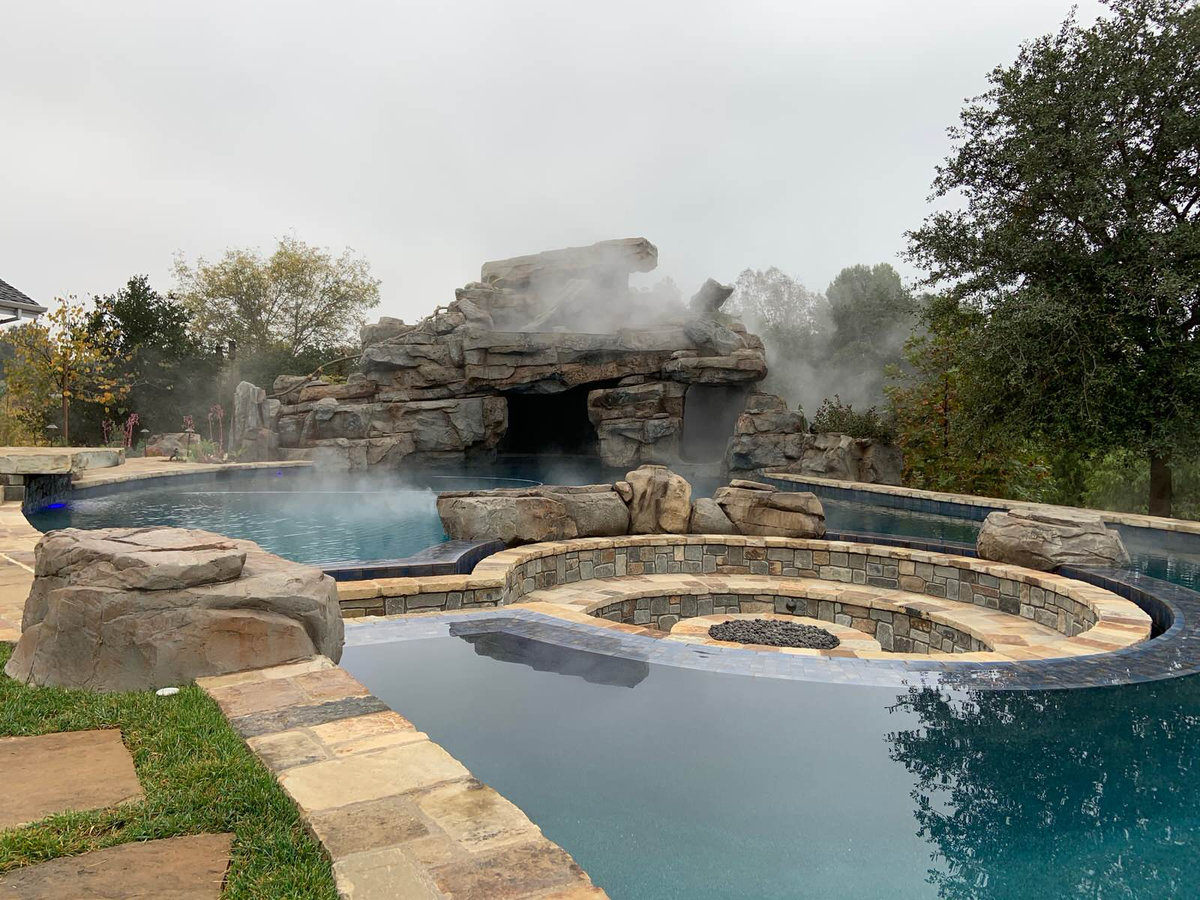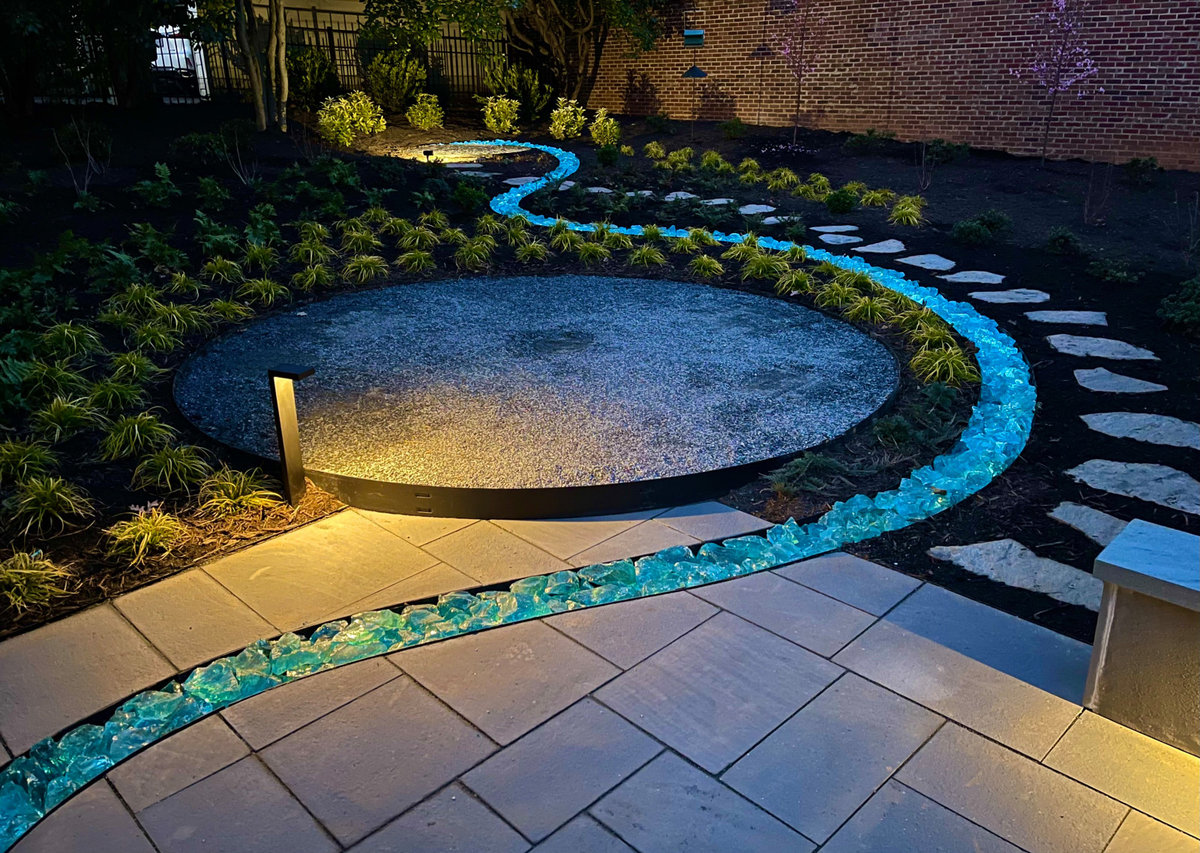5 Big Landscaping Business Issues — and How to Eliminate Them
Solutions for pesky problems plus bonus tips to help your business blossom

Whether you love to get your hands in the dirt or draw up plans at a tidy desk, you’ve probably encountered a few issues that are keeping your landscaping business from reaching its full potential. We spoke with three landscape design veterans to find out about common problems they’ve encountered, and share ways to solve them.
Problem #1: Your clients aren’t a great fit.
A challenging client can turn even a perfectly planned project into a struggle — and can keep you from developing a long-term relationship with them that would otherwise lead to referrals and repeat projects. One bugaboo can be around lack of sufficient client input.
“The people that are hard to deal with are the people who don’t ever come out,” says landscape designer Jay Sifford, whose firm has won 17 Best of Houzz awards and been around for about 15 years. “[They] don’t ever give you any feedback until the end.… I’m looking for people who are really engaged in the process, very excited and open to innovative ideas.”
Solution: Pre-screen clients carefully.
Whatever the cause of tension between you and a client, vetting thoroughly in the future can help you avoid it the next time around. “We vet our clients, as we ask them to vet us,” says landscape designer Bob Hursthouse, whose firm has won 20 Best of Houzz awards and been around for more than 30 years. “We want to talk first and foremost about them. What’s the family makeup? What are the ages? What do you like to do? What don’t you like to do? What would you hope to do? You really get a good understanding of their current lifestyle.”
“I recently did a PDF file that I send to every prospective client that just outlines what we do, what we don’t do,” Sifford says. “My goal with doing that is I’m trying to initially weed out some people…which is perfect, because if I didn’t weed them out, we’d be booked up for five years.”
Tip: Houzz Pro’s concierge service can help connect you with more pre-qualified leads; you can set parameters based on budget, location and more to lay the groundwork for a good fit before you even get on the phone.

Problem #2: You’re under-utilizing tech tools.
Having to refer to various spreadsheets, text documents, emails and physical files is tedious and time-consuming. Doing calculations manually, such as for takeoffs and estimates, can lead to error. And screening every single lead for a good fit can take hours that could be better spent on other aspects of your business. Luckily, it’s easy to adopt software made for designers that has many intuitive features
Solution: Embrace an all-in-one software.
Contractor Matt Hoots of SawHorse loves Houzz Pro’s lead generation support, which allows you to specify parameters such as budget and location. “The leads from Houzz Pro are from real people,” he says. “They’re quality. They’ve looked at your profile. [Houzz does] a good job of vetting them out to make sure that they are legit leads.”
Interior designer Susan Wintersteen of Savvy Interiors also is a fan of Houzz Pro. “Having a software program to track all of the proposals, purchase orders and invoicing has been critical to our firm from a level of organization,” she says, “because the more luxury the client that you work for is, the more the expectation is that you are organized and you have a process.”
Of note: Houzz Pro has just unveiled an outdoor spaces feature in its 3D Floor Planner. It lets you convey size, layout and design, and the materials library includes ground covers such as lawn, gravel, deck composite, pavement and even mulch. Sometimes clients struggle to visualize your concept, and the 3D Floor Planner can help; the outdoor feature also can give them a better idea of indoor-outdoor flow.
Tip: Try Houzz Pro at no cost and with no commitment today.
Problem #3: Clients have unrealistic expectations.
Whether due to lack of experience, the rise of immediate gratification, cheap products online or something else, clients can have expectations around things like cost or response time that just aren’t viable.
“Clients now come with a list longer than my arm of the things they want,” Hursthouse says. “Now I become the buzzkill, because they can’t afford all of that.”
“One of the biggest struggles we’re facing right now is cost,” says landscape Travis Wyatt, whose firm has won three Best of Houzz awards and been around for about 20 years. “I know my value, and I know what a package should cost.… Getting a client to understand the value of what I can provide…[is] probably one of the biggest struggles we have.”
Solution: Be 100% transparent, upfront.
“We don’t hide anything from our clients as far as pricing or timelines,” Wyatt says. “We don’t set expectations that can’t be met.… Transparency with your client creates a great trusting relationship, which can lead to a lot more work.”
“As a rule, we don’t work on the weekends,” Hursthouse says. “The clients have learned that we’re not here [then]. We’re going to be super intent about Monday, but we’re not here [on the weekend].”
Tip: Keep transparency going and communications organized with software that includes both a client dashboard and a CRM feature.
Problem #4: Keeping your website up-to-date.
A solid online presence is key these days. If your website is hard for you to update, you’re losing opportunities to show recent work, awards and accolades. And if it’s hard for clients to navigate, they might not take the time to get to know your business.
“I used to have another website that somebody developed for me, and they said it was so easy I could update it,” Sifford says. “Well, I never could understand even the basics of how to update it…. [And] some websites are so complicated, I don’t know if anybody ever reads the whole thing.”
Solution: Use a professionally designed website template with good tech support.
“I really like the Houzz website that I have,” Sifford says. “There are some really good templates available, and I have awesome tech help through Houzz. I think it’s really easy, and what I like about it too is that a lot of stuff migrates over from my Houzz profile to the website — like the reviews.”
Plus, “the website is just easy for people to understand,” he adds. “A prospective client can spend five minutes looking through it, just to get an idea for what we do conceptually, or they can spend 10 hours going through each individual project and looking at every photograph. It’s basically tailored to however people want to use it.”
Tip: Update your website regularly with gorgeous project photos taken by a professional.
Problem #5: Your projects are often delayed.
Minor blips in scheduling, product deliveries and other project components might be a cinch to fix. But if they add up or develop into something major, you might end up sacrificing profits or tarnishing the reputation you’re working so hard to build. Plus, delays can work against the trust you’re trying to build with clients, and can affect morale among your team members as well.
“There’s a lot of time involved before the first shovel goes in the ground to make sure that a project is going to stick to its timeline and not have any delays,” Wyatt says. “Some of the biggest delays happen because people don’t plan ahead. You get designers and builders who get excited, they sell a job, and then they just start. And then: ‘Oh, we need to get the material selections, because the guys want to start that next week.’ Well, those should have been picked up before you even started construction.”
Solution: Adopt a proven system for time and schedule management.
Having a detailed process and a software system to handle not just the initial schedule but scheduling changes as well is key to managing delays with grace and expediency. Your system should let you easily update project timelines, and should be something that all of your team members, including the client, have easy access to. This way everyone stays on the same page and knows the true status of timelines in real time.
“If our plan is detailed, then everything usually goes smoothly,” Wyatt says. “Usually we’re adding things; those are the only changes we have. We’re not making changes because things aren’t working right.”
Tip: Use software with a scheduling component that reduces the chances for manual errors and keeps clients and team members in the loop.
No matter which of these issues you’ve encountered, you can start fresh on the next project. And having the right systems in place will do more than just help you build your reputation and have projects run more smoothly; it will free up time for nurturing the joy that fuels your work.
“You have to carve out that place for you and do what makes you happy, whether it’s going shopping at the mall or going to the mountains or riding your bike,” Sifford says. You have to make time for that, and if you don’t, no one else will.”

Want advice delivered to your inbox?
Unlock industry insights and updates for contractors and design pros
By signing up, I agree to the Houzz Terms of Use and Privacy Policy and that Houzz may use my information to contact me about relevant content, products, and services.











Join the conversation by commenting or asking a question below. The Houzz team reads every single comment, and we’ll get back to you by email if you need us!